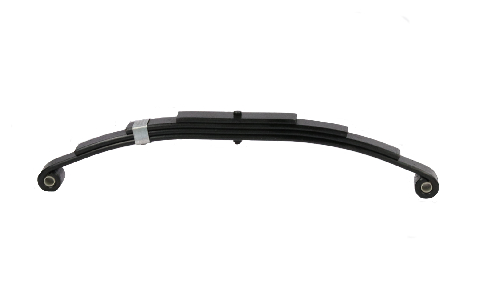large warehouse shelving
Oct . 20, 2024 03:43
Large Warehouse Shelving Maximizing Storage Efficiency
In the world of logistics and warehousing, efficiency is the key to success. One of the crucial elements that contribute to this efficiency is the shelving system employed in large warehouses. As businesses strive to optimize their operations, understanding the options available for large warehouse shelving becomes essential. This article will delve into the various types of shelving systems, their benefits, and how they can enhance inventory management.
Types of Large Warehouse Shelving
1. Selective Pallet Racking This is the most common type of racking used in warehouses. Selective pallet racks allow for easy access to individual pallets, maximizing flexibility. They are constructed in various heights and can accommodate different pallet sizes. The main advantage of selective racking is its straightforward design, which enables quick loading and unloading. It is particularly beneficial for warehouses with a diverse range of products.
2. Drive-In Racking For warehouses dealing with high-density storage, drive-in racking systems are an excellent choice. These systems enable forklifts to drive directly into the rack to retrieve products, optimizing vertical space. Drive-in racks operate on a first-in, last-out (FILO) basis, making them ideal for seasonal items or bulk storage. While this system maximizes storage capacity, it requires careful inventory management to ensure that items can be accessed efficiently.
3. Push-Back Racking Push-back racking combines the advantages of both selective and drive-in systems. In this design, pallets are loaded onto carts that slide back along inclined tracks. When a new pallet is added, the one in front is pushed back, allowing for high-density storage. This system operates on a last-in, first-out (LIFO) basis, making it suitable for warehouses that handle similar products in bulk.
4. Mobile Shelving Mobile shelving systems are increasingly popular due to their space-saving capabilities. This type of shelving places multiple units on mobile carriages that can be moved along tracks. When access to a particular section is required, the shelves can be reconfigured to create aisles. Mobile shelving is especially effective in warehouses with limited floor space and a large variety of items, enabling safer and more organized storage.
large warehouse shelving

Benefits of Large Warehouse Shelving
1. Maximized Storage Space Proper shelving solutions can significantly increase available storage space. By utilizing vertical height and optimizing layout, businesses can store more products without the need for expanding their warehouse footprint.
2. Improved Inventory Management An organized shelving system enhances inventory management. It allows for easy categorization and retrieval of products, leading to quicker order fulfillment and reduced errors in shipping.
3. Enhanced Safety A well-structured shelving system minimizes the risk of accidents. Properly secured shelves reduce the likelihood of product falls and ensure that items are stored safely, which is critical in warehouses that house heavy or hazardous materials.
4. Increased Productivity When employees can easily access products, their efficiency improves. A well-designed shelving system streamlines workflows, allowing workers to focus on their tasks rather than spending excessive time searching for items.
Conclusion
Investing in an effective shelving system is crucial for any large warehouse aiming to enhance its operational efficiency. By understanding the various types of shelving available and their unique benefits, warehouse managers can make informed decisions that optimize storage capacity, improve inventory management, and ultimately lead to increased productivity. As businesses continue to evolve and grow, the importance of efficient storage solutions like large warehouse shelving will remain a critical factor in their success.




















